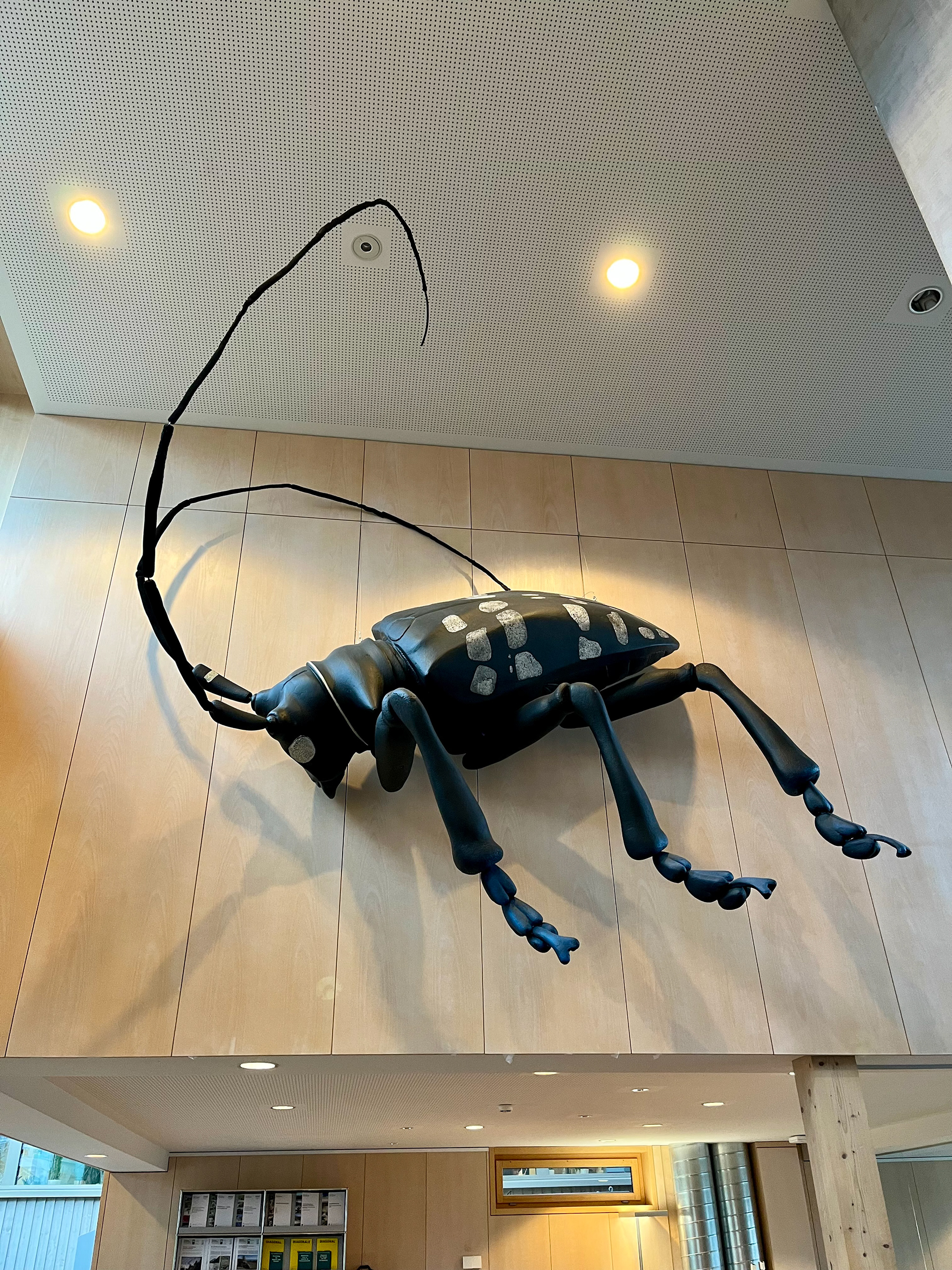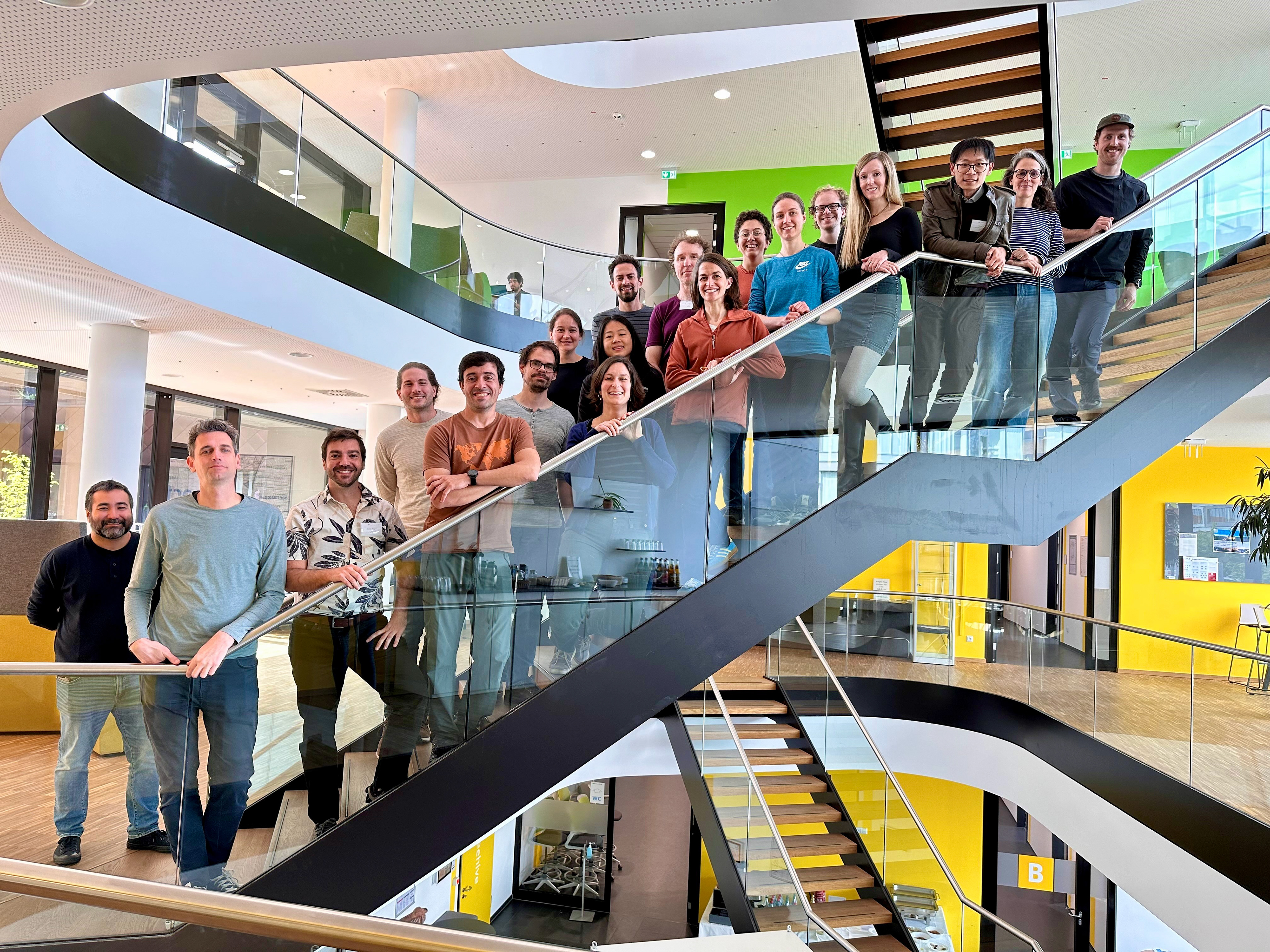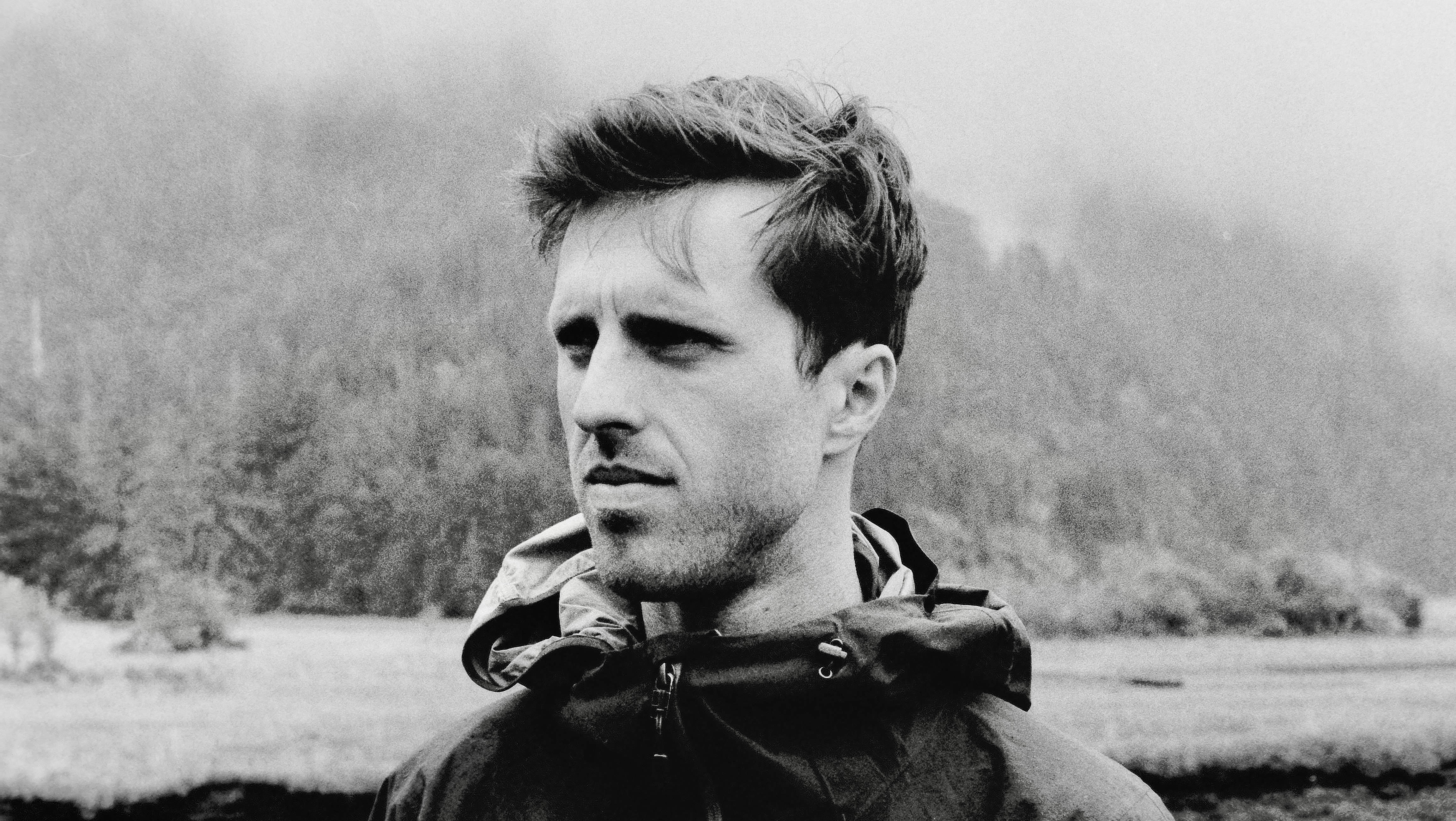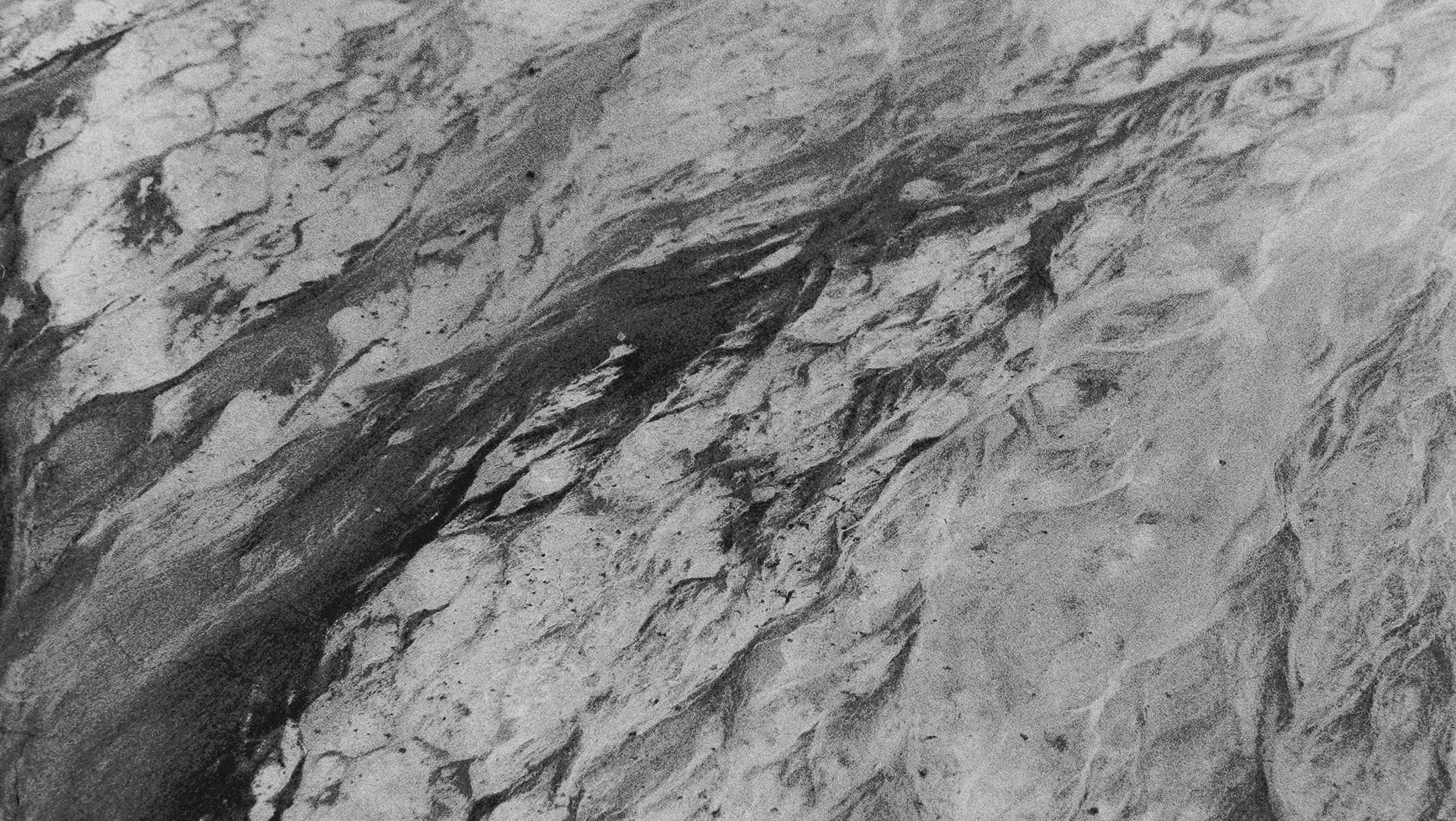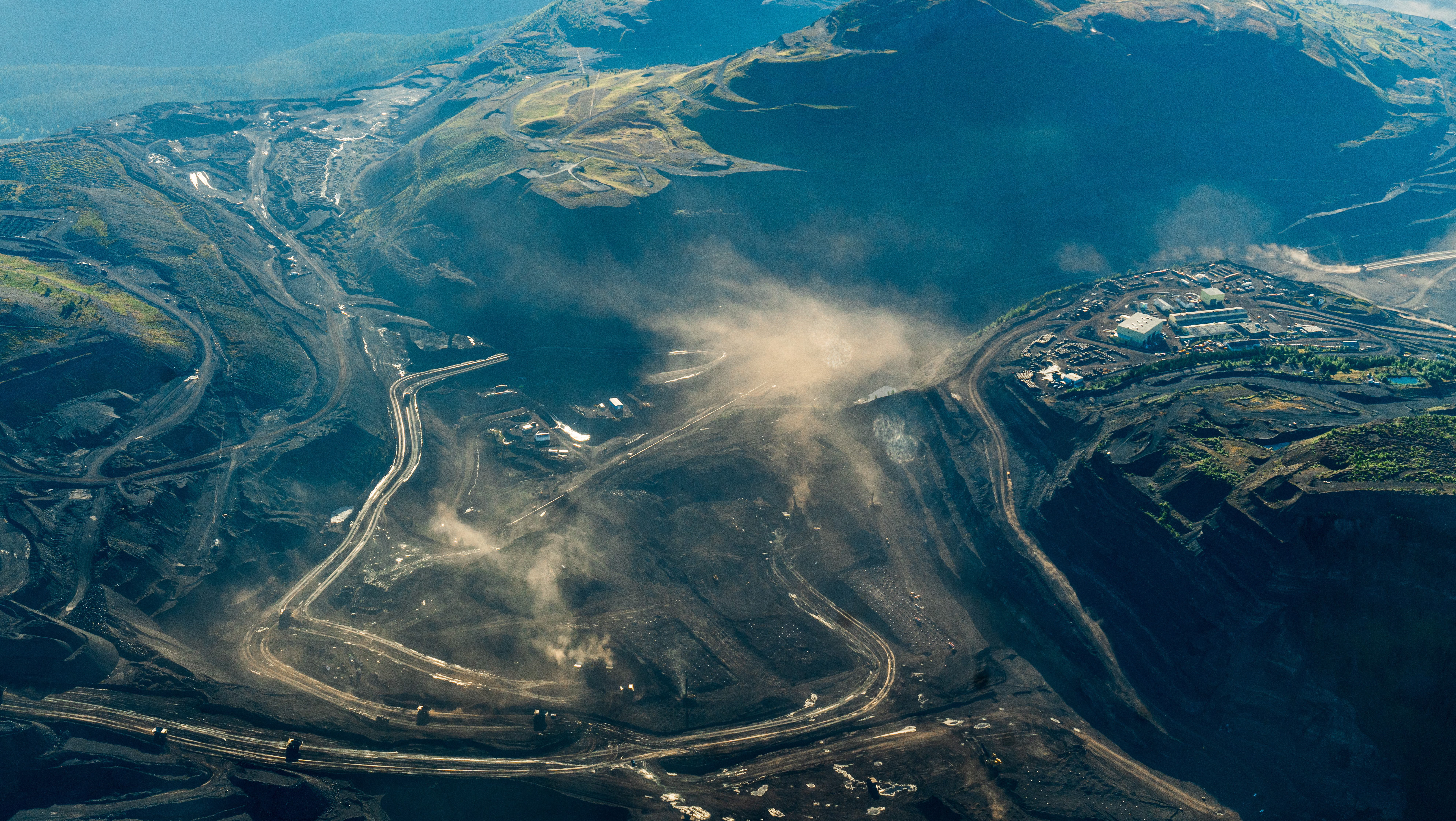Environmental variability has played a significant role in shaping biodiversity throughout the history of life on Earth. This variability can include long-term trends in climate, rhythmic glacial-interglacial cycles, and short-term extreme events occurring over periods of hours to days. Each of these modes of variability has the potential to influence the evolution and distribution of biodiversity across our planet, but over which spatial and temporal scales does this matter?
My research uses simulation-based experiments to investigate how environmental variability affects biodiversity across space and time. To do this, I integrate simulations with global climate models of Earth's past and future, remote sensing and reanalysis data products, empirical biodiversity datasets, and mathematical tools.
The questions that guide my work include:
What eco-evolutionary feedbacks help stabilize ecological communities?
How does temporal autocorrelation influence macroevolutionary dynamics?
How will present and future land-use change alter the spatial and temporal distribution of environmental variability — and what are the implications for ecosystems?


